4-leaf clovers
pablo_nh
19 years ago
Related Stories

ARCHITECTURETry a Four-Leaf Design That Spans the Ages
No one's sure exactly what the quatrefoil represents, but its striking effect in all kinds of designs is certain
Full Story

DECORATING GUIDESA Glimmer of Gold Leaf Will Make Your Room Shine
Make a unique, unexpected statement in any space with this precious metallic finish
Full Story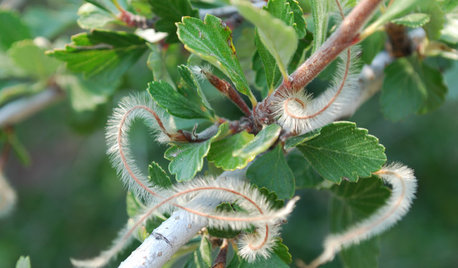
GARDENING GUIDESGreat Design Plant: Curl-Leaf Mountain Mahogany, an Easy Evergreen
Use it as an accent plant or mass it as a screen; this pine and spruce alternative is a hard worker in dry, cold climates
Full Story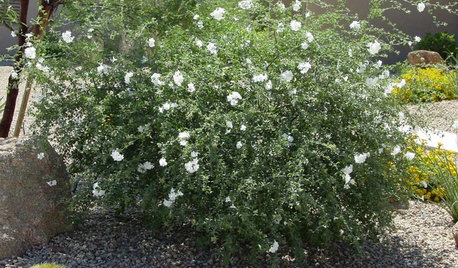
GARDENING GUIDESGreat Design Plant: Little-Leaf Cordia Handles Desert Extremes
Its delicate white flowers are rare in hot and dry sites, but Cordia parvifolia offers more than mere beauty
Full Story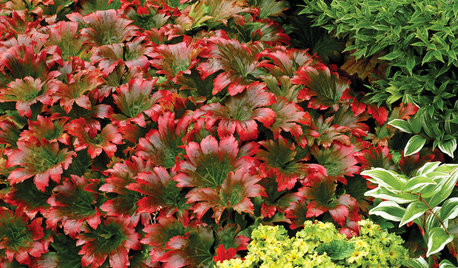
RED FOLIAGEGreat Design Plant: Red-Leafed Mukdenia
Creamy white blossoms give way to splashes of scarlet with this energetic, dramatic ground cover
Full Story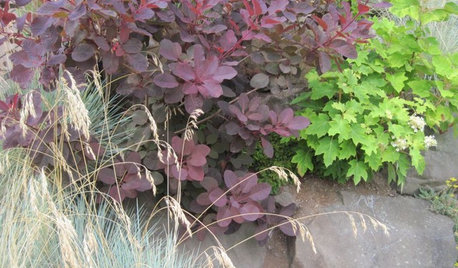
PURPLE FOLIAGE5 Purple-Leaf Majesties of Shrubs
Looking for beautiful depth and dynamism in your landscape? Just add purple
Full Story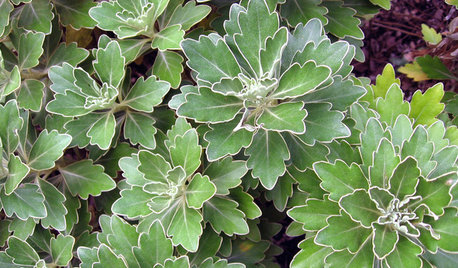
BLUE AND GRAY FOLIAGE6 Stunning Silver-Leaf Plants
Bring luster to your garden with these shining examples of silver plants for both sun and shade
Full Story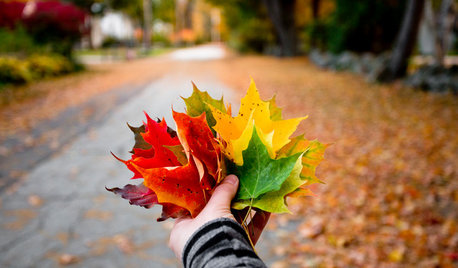
TRAVEL BY DESIGNHouzz TV: Take a Leaf-Peeping Road Trip in New England
Ride along with a Houzz contributing photographer to see gorgeous autumn eye candy from New York to New Hampshire
Full Story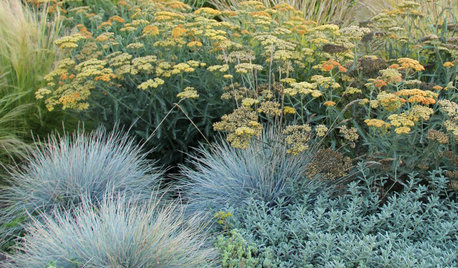
LANDSCAPE DESIGNTexture Talk: 4 Foliage Types for Distinctive Gardens
Contrast these leaf textures for plants that stand out and a landscape that draws you in
Full Story





martweb
Clare
Related Professionals
Norfolk Landscape Architects & Landscape Designers · Matthews Landscape Contractors · Inglewood Landscape Contractors · Mendota Heights Landscape Contractors · Miller Place Landscape Contractors · Mount Sinai Landscape Contractors · Oak Forest Landscape Contractors · Siloam Springs Landscape Contractors · Woodburn Landscape Contractors · Morristown Carpenters · Worcester Carpenters · Alsip Fence Contractors · Englewood Fence Contractors · Lakewood Fence Contractors · Norwalk Fence Contractors